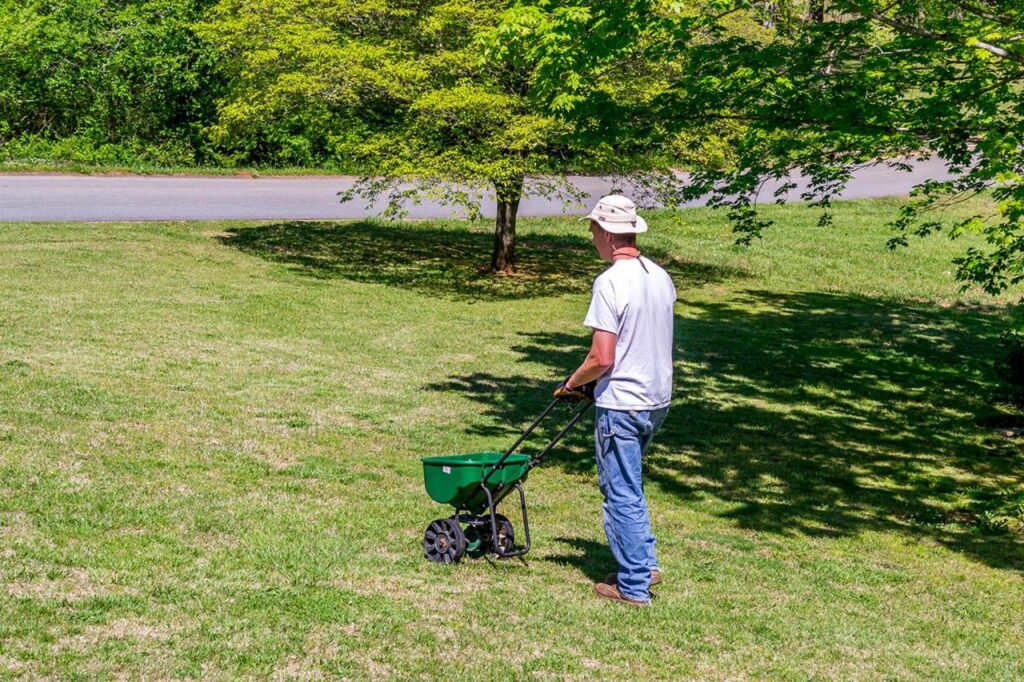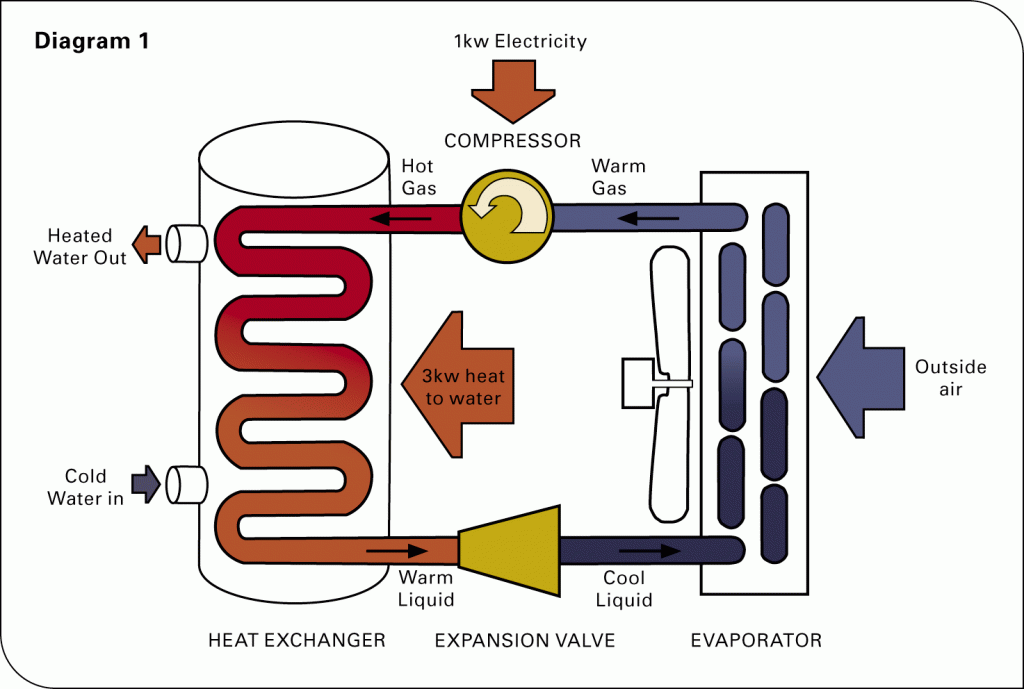Consider all the pleasures you derived from your gardens and landscape during the spring and summer if you need motivation to complete fall lawn and garden care tasks. Take time in the fall to prepare your lawn and landscaped areas for the cold months ahead to ensure you get the same results next growing season. The best way to ensure a good start once the warm weather returns is to take care of a few simple garden tasks in the fall.
Lawn Maintenance
Autumn is a crucial time to improve your lawn’s health. To reduce competition for available nutrients and water, start by removing lawn weeds with organic methods.
VIDEO FEATURED
7 Gardening Tips for Everyone
Before applying fertilizer or other nutrients to your lawn, have a soil test performed by your local county extension office to ensure that the pH levels are correct. To apply the proper amount of nutrients or lime to your lawn, you must first determine the current pH level as well as the availability of other important soil nutrients. It is possible to have too much or too little of these nutrients or limestone.
If the soil test results show that the soil is too acidic, lime should be applied at the levels recommended by the soil test results. Do so right away because the effects take time to manifest.
Dethatch and core aerate your lawn in the fall to help nutrients reach deep into the root zone and avoid soil compaction. Reseed your lawn after dethatching or aerating it to rejuvenate it or to fill in bare spots.
If you live in a colder climate with cool-season grasses, late summer to early fall is the best time to fertilize. This is referred to as “bridge feeding.” Because these grasses are most active during periods of moderate weather—not too hot or too cold—they can best utilize fertilizer nutrients during this time. Fertilization encourages root development and aids in the recovery of the lawn from the summer heat while also preparing it for the next growing season.
Cleaning up the leaves
When it comes to leaf litter cleanup in the fall, environmentally conscious gardeners are willing to put up with a little winter untidiness for the sake of wildlife and wait until spring to clean up fallen leaves.
In the fall, raking fallen leaves can kill overwintering insects and provide insulation for insects burrowing in the ground. To survive the harsh winter temperatures, many ground-nesting bee species rely on leaf litter. Moths and caterpillars that birds rely on to feed their young in the spring use leaf litter as a pupation site. Millipedes and spiders seek shelter in leaf litter. So, before you clean up every fallen leaf in the fall, think about the needs of wildlife and how much untidiness you can tolerate in your landscape during the winter.
Many homeowners use a leaf blower or rake to collect fallen leaves and stuff them into lawn waste bags if they decide to clean up fallen leaves in the fall. Another option is to start your lawnmower with the grass catcher attached and run it over the leaves to vacuum them up before putting it away for the winter.
Any leaves you collect should be saved in a spare trash can or other dry location and gradually added to your compost pile. Shredded leaves can also be used as garden mulch. If you have more leaves than you can use and need to get rid of them, shredding them with your lawnmower will compact them enough to fit into your lawn waste bags.
Run over the leaves with a mulching lawn mower to shred them and return the organic matter to the lawn.
Gardening with Vegetables
Remove all vegetable plant matter from the garden after harvesting your final crop of fruits and vegetables for the season. Leaving it behind could allow plant diseases and pests to overwinter for the following growing season. 1
After removing all plant matter in the fall, you can rototill your garden soil. While some experts believe that over-rototilling can cause more harm than good, some gardeners use small garden tillers to keep weeds at bay in their vegetable gardens. If you rototill the soil in your garden beds, now is the time to add lime if soil tests have revealed a pH imbalance. Because lime’s effects take several months to manifest, applying lime in the spring will not benefit crops.
You’ll also need to protect your garden soil from the cold. For large beds, you can plant a cover crop, or apply mulch, which is more efficient for smaller beds.
Perennial Plantings
As part of the end-of-year garden cleanup tasks, perennial plants (plants that come back year after year) must be cut back, spent foliage removed, and garden beds mulched. Those tasks were traditionally completed in the fall, when the plants had died back and the foliage had turned a deep shade of brown.
The latest environmental trend, however, is to wait until spring before cutting down and cleaning up spent perennial plants for wildlife benefit.
Consider leaving perennial plant seed heads as food for birds, hollow stalks intact for overwintering beneficial insects and solitary bees, and spent perennial foliage for ground dwelling wildlife to provide food and shelter for wildlife during the harsh winter months.
Cutting back and cleaning up foliage in the fall does not provide any winter protection for your plants or wildlife, but it does make your perennial beds look tidier over the winter and ready for new growth in the spring.
Cleaning and mulching are two activities that go hand in hand. To keep your garden disease-free and well-insulated, it’s best to combine the two methods.
Clean up spent stalks and leaves if you don’t mulch your perennial beds in the fall. They’ll act as a makeshift mulch, protecting perennial root systems from the harsh winter weather.
Shrubs and Trees are two types of plants that can be found in the wild.
Use a lean-to or other type of structure to keep heavy snows off the limbs of small deciduous shrubs with fragile branches to winterize and protect them. Because deciduous shrubs lose their leaves in the winter, they don’t provide much visual interest, so covering them won’t make a significant difference.
Evergreen shrubs, on the other hand, are the foundation of winter landscaping aesthetics, so they should be prominently displayed in your yard. Choose evergreen shrubs that are cold hardy to at least one USDA zone colder than your zone so they don’t need to be protected in the winter.
Winterizing trees and large shrubs can be accomplished to a large extent simply by providing adequate fall watering. Early in the fall, stop watering to encourage trees and shrubs to prepare for the winter and to prevent new growth that isn’t winter-hardy. Then, once the leaves have fallen and the ground has frozen, give the trees and shrubs one last good soak before the cold sets in.








